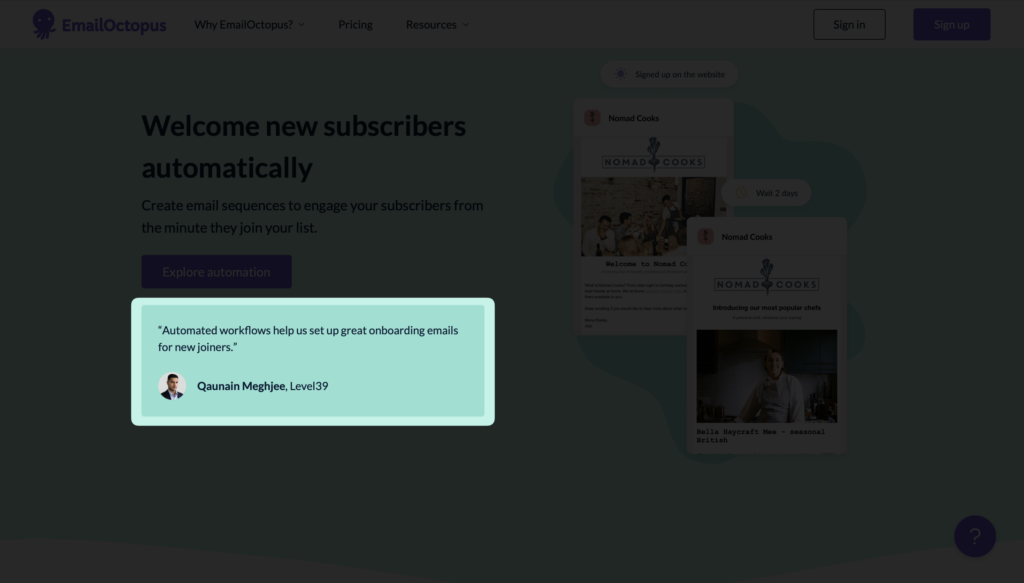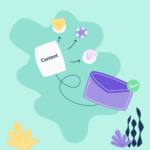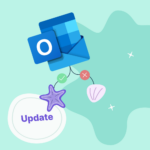It’s 2025 and every other business is either online or is trying to get online soon and with all this competition, it’s becoming even more important to stand out. While you might try to do many things to stay ahead of this competition, the only thing that will benefit you the most is validation from other users in the form of social proof.
What is social proof?
When purchasing a tool or service, we often look for positive user reviews and feedback. Humans are social beings, and it’s our nature to be inclined towards products that have received validation from others. This is known as social proof.

In simple terms, it is a psychological and social phenomenon that influences people’s choices and behaviours based on what others think.
Common examples of social proof:
- Restaurants: Choosing a busy restaurant over an empty one, assuming the food must be better if more people are eating there.
- Online reviews & ratings: Checking Amazon reviews, Yelp ratings, or App Store ratings before making a purchase or downloading an app. High ratings and positive reviews act as social proof that the product/service is good.
- Testimonials & case studies: Businesses showcasing positive quotes or success stories from satisfied customers.
- “Bestseller” labels: Books or products labelled as “bestsellers” signal popularity and reflect quality.
- Social media metrics: Seeing high numbers of likes, shares, followers, or views on a post or profile can make it seem more valuable or trustworthy.
- Queues/lines: The shop/cart with the longest line generally gives the perception of quality.
- Celebrity endorsements: Associating a product with a famous person signals that it’s desirable or effective.
- Expert approval: A stamp of approval or recommendation from a recognised expert or authority figure (e.g., “Doctor recommended”).
Importance of social proof
Builds trust and credibility
Social proof helps build trust and credibility by showing people that others have already trusted and had positive experiences with a product, or service. When we see that others approve or recommend something, we’re more likely to believe that it’s trustworthy and credible.
For example, if you see many positive reviews for a product online or a lot of people using a particular service, you’re more likely to trust that product or service. It’s like getting a recommendation from a friend, but on a larger scale, where other people’s actions and opinions guide your own decisions. This reassurance makes people feel more comfortable and confident in their choices.
Improves conversion rates
Social proof helps improve conversion rates by showing potential customers that others have already trusted or approved a product or service. This influence can manifest through customer reviews, testimonials, ratings, or even the number of users or followers.
People tend to follow the actions and choices of others, especially in situations where they are uncertain or making a purchase decision. When they see that others have had a positive experience, they feel more confident in making a purchase themselves, which can lead to higher conversion rates.
Simplifies decision-making
Social proof helps simplify decision-making by showing you what other people are doing in similar situations. When you see that many people have chosen a particular option, like buying a certain product or visiting a specific restaurant, it gives you confidence that it might be a good choice for you too. It reduces the effort and uncertainty in making a decision because you rely on the experiences and actions of others as a guide.
Ways to use social proof in email marketing
There are several good ways to use social proof in your marketing emails, let’s go through some of those examples.
General marketing mails
Social proof is a great addition to your general marketing emails. It makes the email feel authentic and also helps build trust, which in turn improves your overall conversion rates.

This can be achieved in various ways; a popular approach is including user-generated content, such as reviews, in your marketing emails. Also try to highlight the benefits and add user photos to make it even better.
Highlight the benefits
Social proof like testimonials can also be used to highlight product benefits. In fact, this is a much better way, as your target audience is more likely to trust other users than you.

This can be done by featuring customer reviews that specifically mention the key benefits of your product.
As content replacement
Social proof like user reviews and testimonials can be a complete replacement for your traditional marketing copy.

Here are some of the ways you can use social proof as a content replacement:
- Testimonials: Dedicate a section or even the entire email (especially for nurturing sequences) to a compelling customer story or a video testimonial. Let the customer’s voice sell the product.
- Review roundup: Curate a selection of the best recent reviews or social media mentions and present them visually.
- UGC showcase: Feature a “customer spotlight” or showcase impressive results achieved by users, making them the content.
Answering user queries
Use social proof in your email marketing to answer subscribers’ questions and concerns. It builds trust and confidence when they see that other people have found solutions to similar issues.

Include customer reviews or testimonials in your emails. Pair these with highlighted features or address common doubts. For example, next to setup information, add a quote like, “A customer said, I had it up and running in minutes!”
Include mini-case studies or testimonials about a problem a customer had and how your product solved it.
Things to keep in mind
- Be authentic: Don’t use fake testimonials or reviews. Consumers can easily spot them, and it will harm trust. If you do not have any testimonials, then try reaching out to your existing customers and requesting a product review.
- Be clear & measurable: Instead of saying “Increased sales,” say “Increased sales by 32% in Q1” for more impact.
- Use visuals: Incorporate high-quality customer photos, star ratings, logos, and video thumbnails to highlight social proof.
- Use in context: Add social proof where it enhances the email’s main message or call-to-action. For instance, place a testimonial above the “Buy Now” button.
- Keep it relevant: Match the social proof with the email’s focus. A testimonial about customer service isn’t as effective if the email is about product features.
- Get consent: Always ask for permission before using customer names, photos, stories, or content. Explain how their information will be used.
- Test & optimise: Try different types of social proof, placements, and formats to find what works best for your audience.
- Don’t overdo it: Don’t overwhelm the email with too much social proof. Select the most effective piece for each email.
Conclusion
Social proof is an important part of executing successful email marketing campaigns. By using social proof in the form of reviews, testimonials, and user-generated content, as marketers we help customers make a decision while feeling confident about their choice.
When used effectively, social proof can significantly boost email open rates, engagement and conversion rates.
So for your next email campaign, use the tips in this article and add a splash of social proof, whether to your subject lines, your sign-up form or the body of your email.


No Comments
Leave a comment Cancel